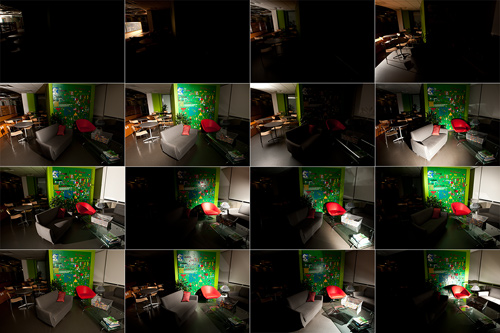It’s almost routine for commercial and even amateur photographers. After shooting indoors or outdoors without the benefit of studio lighting or just using an attached flash, photographers have to spend hours using Photoshop or other similar photo app to adjust the lighting and brightness of certain portions in the pictures to give them a more “balanced” look.
AfterFocus Lets You Create DSLR-Like Blurred Effects On Your Android & iPhone
Now, there’s a new app that cuts down photo editing time by more than half. The approach is to assist photographers to compose images when viewed under different dynamic lighting. The app introduces a set of basic lighting that combines several of the input images and provides controls to achieve effects photographers typically need such as color accentuating of objects or its edges.Cornell and Adobe create software that lets you adjust your lighting after the shoot ends

The app is called User-assisted Image Compositing for Photographic Lighting (yes, it has no short name yet). The app is the joint creation of Ivaylo Boyadzhiev and Kavita Bala from Cornell University in partnership with Sylvain Paris from Adobe Research.
Basically, the Image Compositing app allows you to merge multiple shots of your subject, with only the lighting varying between shots, to create a single image. You are also shown multiple images of each shot, but with several changes in lighting. You can either select the best lighting image or merge everything or selected images into one.
Cornell and Adobe's software, demonstrated and explained by its creators.
If you choose to control the lighting for individual images, there are a range of controls types that are controlled by moving a slider:
- Fill Light – creates a flat, evenly lit image with no deep shadows or bright highlights.
- Diffuse Color Light – emphasizes subject color.
- Edge Light – emphasizes high contrast lighting for edges.
- Soft Lighting Modifier – reduces harsh shadows that may have been emphasized by the original image or by Edge Light Control.
- Regional Lighting Modifier and Exposure – adjusts overall contrast and luminance.











